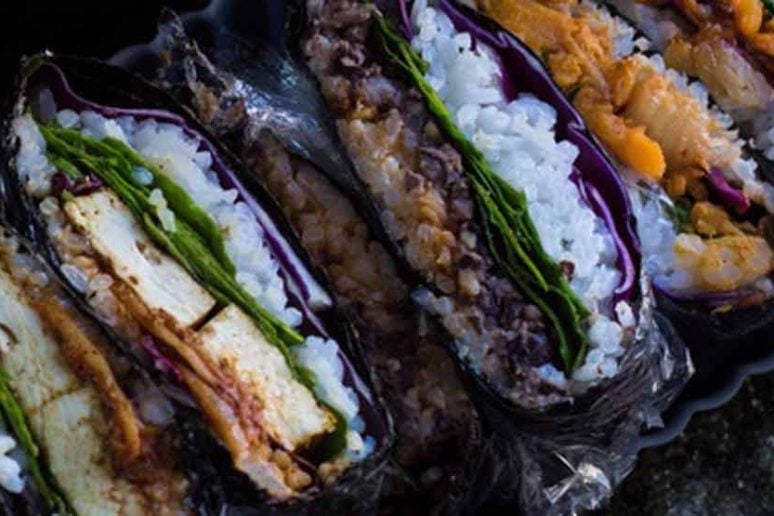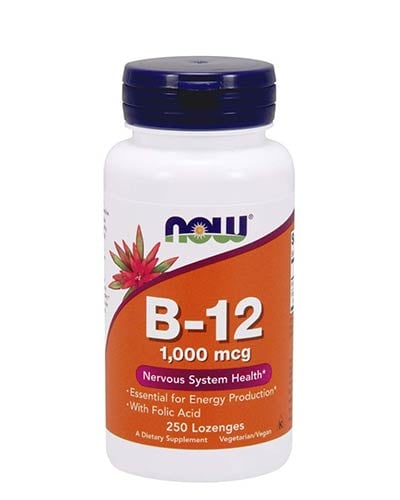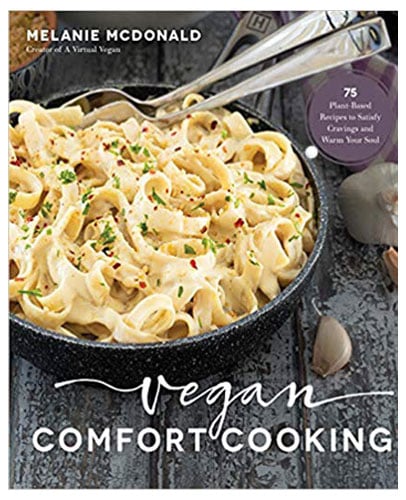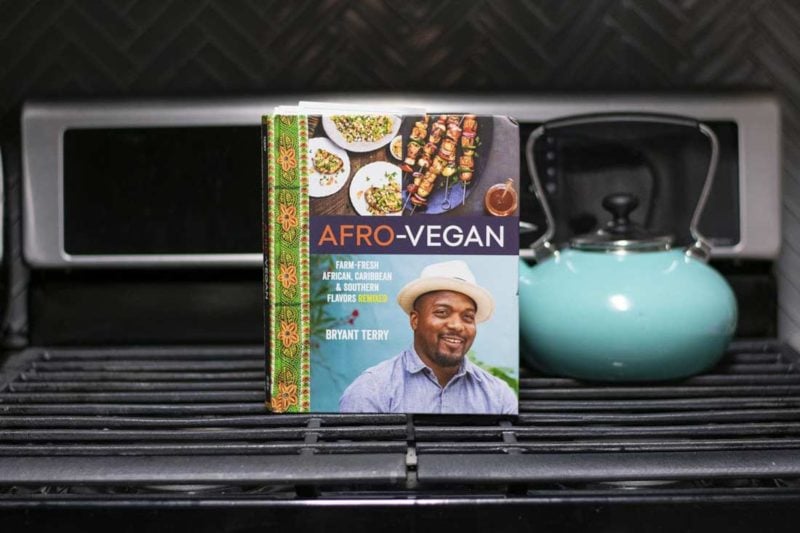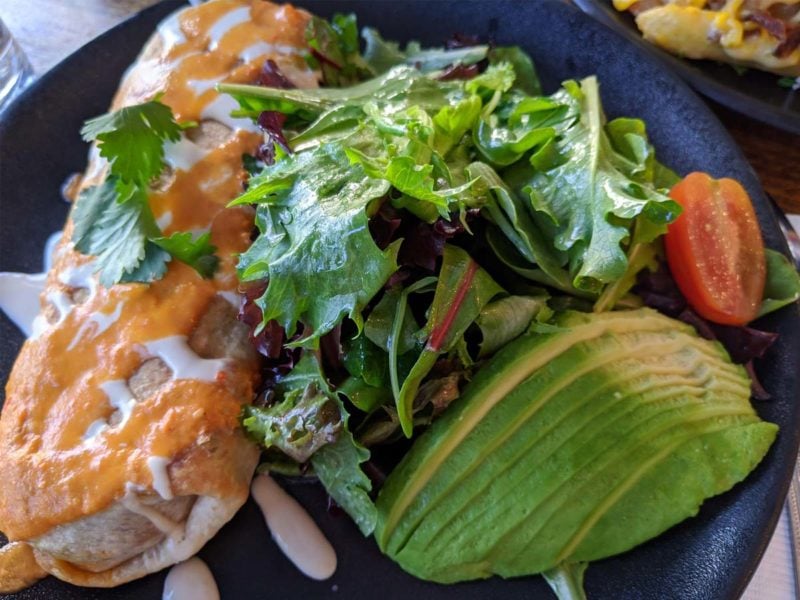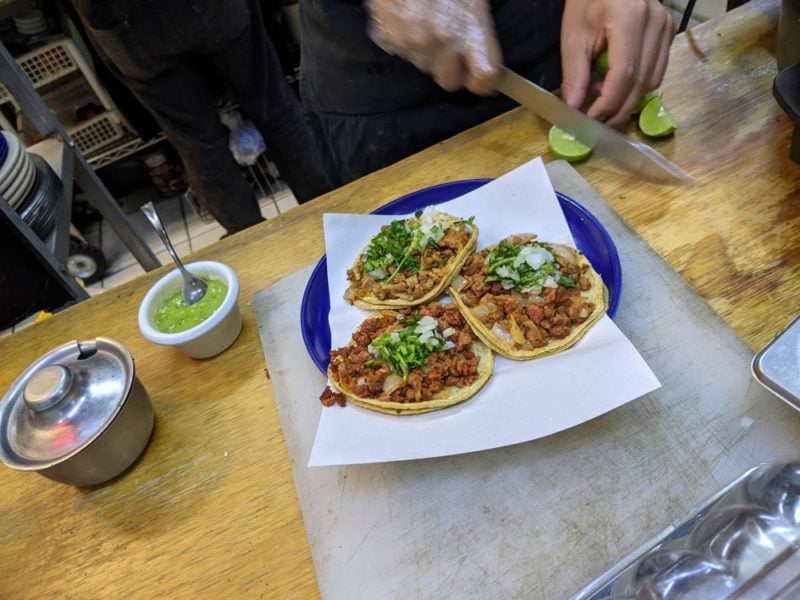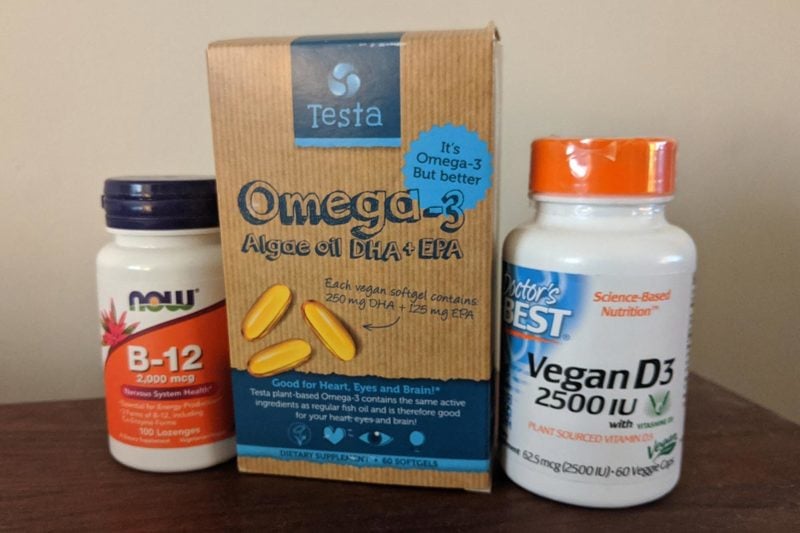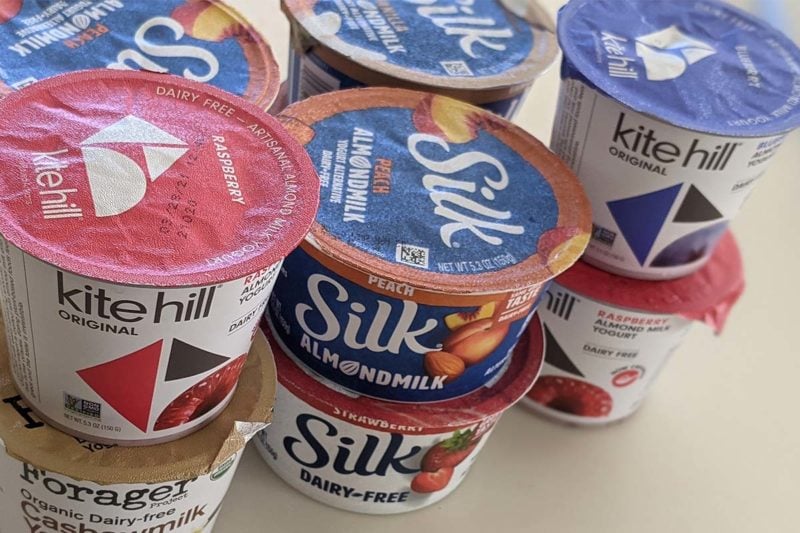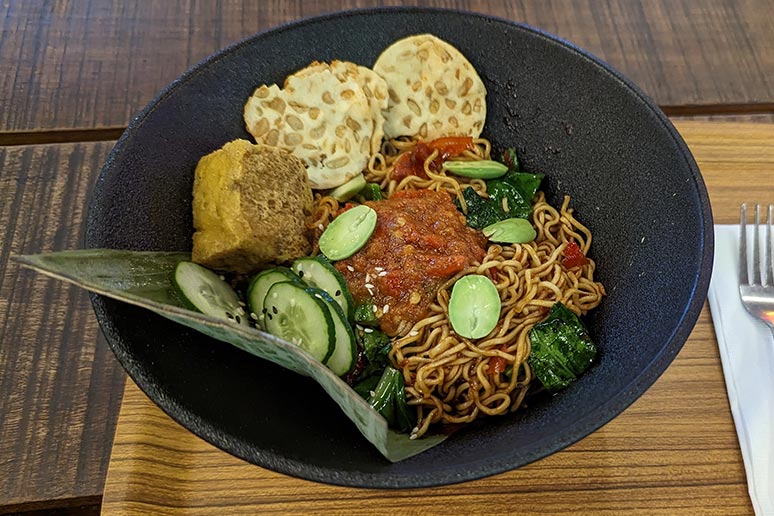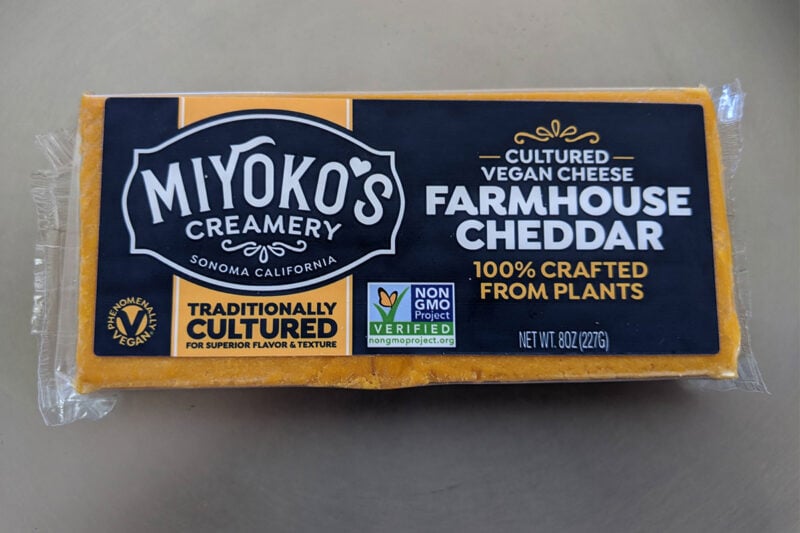To many people, vegan Japanese food might sound like an oxymoron given this cuisine’s heavy emphasis on seafood. But in reality, Japanese cooking features all sorts of delicious vegan items. In this piece, I’ll introduce you to some wonderful vegan flavors that you won’t find in any other cuisine.
Japanese cooking includes plenty of vegan foods like rice, noodles, vegetables, seaweed, soy products, and mushrooms. But as a nation comprised of islands in the Pacific, no cuisine is more rooted in seafood than Japan’s.
These conflicting qualities give Japanese food the distinction of being among the most plant-based of all cuisines, yet simultaneously one of the least vegan-friendly. In fact, it’s so difficult to reliably order a vegan meal at a typical Japanese restaurant that you probably shouldn’t even make the attempt. In many cases the food comes infuriatingly close to being entirely vegan while still missing the mark.
Fish is easy enough to avoid, but fish-based seasonings are not. A seasoning powder called dashi, which is usually made primarily of fish flakes, shows up everywhere in Japanese cooking. It’s added to soups, sushi rice, dipping sauces, dressings, and many other savory dishes. Dashi provides a distinctive umami flavor. Although vegan dashi exists, you’re unlikely to find it outside of vegan restaurants and vegan Japanese cookbooks.
Pork is not a traditional part of the Japanese diet, but it has gained popularity thanks to the country’s proximity to China. It’s commonly put into gyoza dumplings served by most bars in Japan. Additionally, Japanese vegetable dishes often contain tiny amounts of pork seasoning. A great many Japanese chefs habitually put fish or pork seasoning in all of their dishes.
Vegan Japanese Recipes
While obtaining vegan food from Japanese restaurants is tricky to say the least, making vegan Japanese food yourself is easy enough.
Apart from perhaps sushi, few general-interest vegan cookbooks feature Japanese recipes. So if you’re interested in learning to cook Japanese food, you should get ahold of a vegan cookbook specifically devoted to the cuisine.
The most recent, released in 2021, is Yoko Segawa’s The Vegan Japanese Cookbook, which includes a lengthy and excellent introduction to Japanese cooking.
Vegan JapanEasy, by Tim Anderson, is another recently-published choice. It’s a beautiful hardcover book featuring extensive full-color food photography and high-end production values.
Next, check out Just Enough: Vegan Recipes and Stories from Japan’s Buddhist Temples. This book was written by Claire Greenwood, an ordained Buddhist nun running the kitchen of a Japanese Buddhist monastery.
A fourth popular vegan title dates all the way back to 1999: Japanese Cooking: Contemporary & Traditional, by Miyoko Schinner. At just 174 pages, it’s relatively short, but Schinner is a superstar chef in the vegan world who covers a lot of territory without wasting words. Her cookbook does a superb job of introducing you to Japanese cooking, and it features authentic versions of many classic dishes.
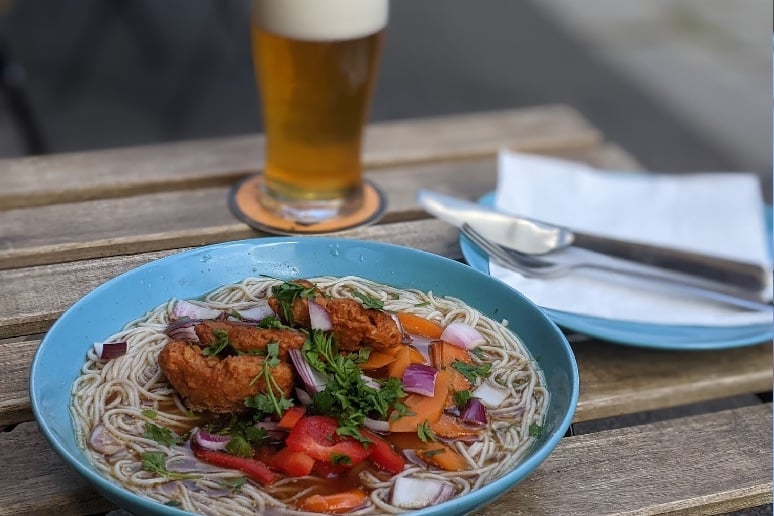
Vegan Japanese Staples
The first step to learning to cook Japanese food is gaining familiarity with the key ingredients. Here are some vegan staples of Japanese cooking:
Miso
Miso is a key ingredient of both Japanese and Chinese cooking. It’s a fermented salted soy paste that delivers an a earthy, savory, umami flavor to a variety of soups and broths. When made through traditional means, miso is quite expensive since it requires years of fermentation. There are numerous varieties of miso, from blond to red to rich dark brown. Brown misos are by far the most common. No matter which type you choose, never boil it or expose it to high heat. It’s usually stirred into broths just before serving.
Tofu
Tofu is as popular in Japan as it is in China, and appears in a wide assortment of dishes. Here’s my guide to tofu, that covers all the basics.
Soba and Udon Noodles
These are dried straight noodles packaged like spaghetti. Authentic soba is 100 percent buckwheat, and costs at least quadruple the price of Italian pasta. Cheaper sobas are 90 percent wheat and only 10 percent buckwheat. If you’re going to eat soba, get the good stuff. Udon noodles are 100 percent wheat, are thicker than soba, and resemble a flattened spaghetti noodle.
Both Soba and Udon are traditionally served in a tsuyu broth, which is typically made from soy sauce, ginger, wasabi, and dashi.
You can also prepare these noodles in a variety of non-traditional ways, such as topping them with peanut sauce, mixing them together with sautéed vegetables, or making them the base of a seaweed salad.
Gomacio
One of the the most popular Japanese seasonings, it’s made from ground roasted black sesame and salt. Gomacio adds a nice texture, saltiness, and a bit of protein. It’s terrific when shaken onto soups, noodles, or rice dishes just prior to serving.
Since it’s just two ingredients, you can save a lot of money by making gomacio yourself. Even if you rarely serve Japanese food, gomacio is well worth keeping on hand as it’s a wonderful addition to almost any dish.
Tamari and Shoyu
In a bottle, these two black liquids are impossible to tell apart, but they’re very different.
Tamari is a byproduct of miso-making—it’s the liquid decanted as the soy paste ferments. So tamari has just three ingredients: water, fermented soy, and salt. Owing to its expensive production process, it’s pricey and much sought after.
Shoyu’s main ingredients are mashed soy and wheat. It’s usually cheaper than tamari, but still significantly more expensive than mass market soy sauces.
Mushrooms
There is no culture that embraces mushrooms as thoroughly as Japan. Any grocery will have five or ten types of mushrooms—with not a single one of those horrible American-style button mushrooms in sight.
Sprouts
The Japanese love sprouts almost as much as they love mushrooms. Unlike the United States, you won’t find alfalfa or clover sprouts in stores. Every Japanese grocery will feature mung bean sprouts as well as two or three bright-green sprouts, most commonly daikon radish and broccoli. Sprouted soybeans are also readily available.
Wasabi
Wasabi is a ridiculously hot radish paste. The wasabi radish is one of the most difficult foods in the world to grow and is right up there with saffron and truffles in terms of being obscenely expensive. Here’s a moving and beautifully filmed seven minute documentary profiling an eighth-generation wasabi farmer in Japan.
Unless you’re dining at an extremely expensive sushi restaurant the “wasabi” you’re being served is almost invariably horseradish. You can buy tubes of this phony wasabi for a pittance. The fake stuff is still delicious. Squirt a couple centimeters’ worth into a couple tablespoons of tamari, mix it up, and you’ve got a superb dipping sauce for vegan sushi.
Seaweed
Japanese meals frequently include a small side dish of seaweed. Most often it’s either wakame (broad, bright green strands), or hijiki (jet black, thin curly strands). Seaweed is incredibly nutritious and is one of the rare foods that’s rich in iodine.
Rice
Rice is so popular in Japan that rice cookers are found in most kitchens. Sadly, the Japanese eat a lot more white rice than brown. Sushi rice is a short-grained white rice that’s rinsed thoroughly and cooked with a bit less water than usual. This causes the rice to bind up together, which makes it perfect for nori rolls. It’s also possible to prepare short-grain brown rice this way—the rice won’t stick together as well as if it were white, but your nori rolls will be much more healthful.
Pickled Ginger
Sushi is usually served with thin slices of pickled ginger. This ginger nicely clears the palette between pieces of vegan nori. It’s my unshakable belief that vegan nori rolls, pickled ginger, and a crisp lager beer constitute the holy trinity of Japanese cuisine.
Umeboshi
The idea of eating a dried salted pickled plum might sound off-putting, but it’s well worth trying umeboshi since it’s one of the signature meal accompaniments of Japanese cuisine. You can also eat fresh (not dried) plums called umezuke, which are prepared the same way.
A great way to experience umeboshi is to serve it like the mango pickle, the beloved Indian garnish. That is, finely chop a couple umeboshi up (removing and discarding the pits!) and serve a little alongside your favorite rice dish. Both umeboshi and mango pickle are sour, salted fruits that pack a big hit of umami.
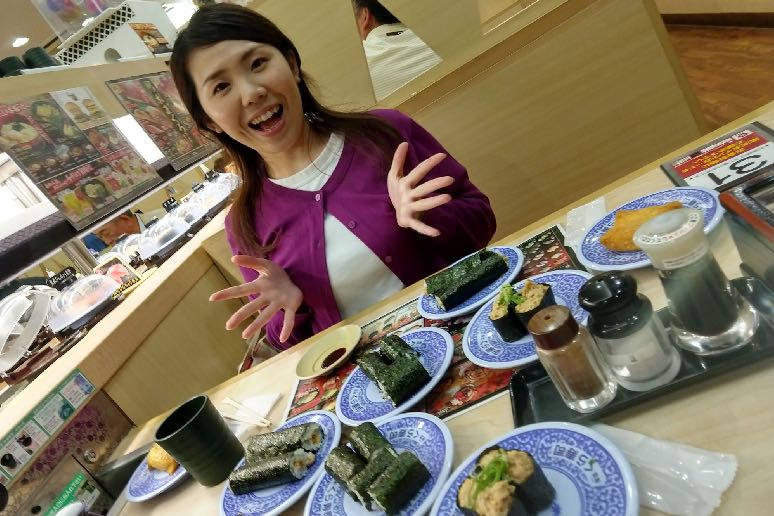
Popular Vegan Japanese Dishes
Here are some of the most common dishes in Japan that are either always vegan or easy to prepare that way:
Edamame
Edamame (pronounced Ehdah-mah-may, with the accent on the first syllable) is the Japanese word for soybeans. It’s probably the most popular side-dish or appetizer in Japan. Nearly every bar in the country offers edamame. Just like English peas, soybeans grow in an inedible pod, each typically containing three to five beans. Each bean is two or three times bigger than an English pea. Because soybeans contain some fat, they’ve got a richer and more complex flavor than peas.
Steamed soybeans are most often served chilled and still in the pod, which you pop open like you’re shelling peanuts. Other times they’re served pre-shelled in a small dish, alongside dipping sauce, and eaten with chopsticks.
Seasoned Cucumber
Seasoned cucumber runs neck-and-neck with edamame as Japan’s most popular vegan bar food. It’s one of the few items you can get while eating out that’s invariably vegan. The chef roughs up the cucumber’s skin so it’ll absorb seasonings, and then cuts the cucumber into strips to marinate in tamari and sesame oil. That’s all there is to it. It’s a cheap and healthy appetizer or beer accompaniment that’s always served fresh.
Ramen
Ramen is to modern-day Japan what hamburgers were to 1970s America. Most cheap and mid-priced lunch spots in Japan offer steaming bowls of ramen.
Traditional ramen caught on because it’s satisfying, filling, and made from the cheapest ingredients: fried noodles, meat stock, a few vegetables, and lots of salt. Highly processed freeze dried ramen cups have become a ubiquitous food for impoverished American college students because it’s filling, can be prepared in minutes, and costs next to nothing.
But ramen doesn’t need not be made from inferior ingredients. In fact, ramen can be both nutritious and gourmet quality. Just replace the fried white noodles with whole grain, and use a quality vegetable broth instead of the scary dehydrated meat powder. Any vegetarian Japanese cookbook will feature at least one vegan ramen recipe. And here’s a cookbook entirely devoted to vegan ramen recipes.
Sweet Potato
One of the most popular vegetables in Japan, baked sweet potatoes make a perfect side dish. Sweet potatoes are fat-free and rich in beta carotene and other nutrients. Just peel and eat.
Nori Rolls
Sushi is one of the fussiest cuisines imaginable. As the movie “Jiro Dreams of Sushi” memorably recounts, novice Japanese chefs spend years apprenticing to sushi masters.
Yet the simplest sushi dish, the nori roll, is something anyone can master in minutes. You simply put a sheet of nori on a sushi mat, spread on some sushi rice, put a line of chopped vegetables running across the center of the sheet, and then use the mat to roll everything up (sealing the roll by moistening where the two ends of nori meet). Once you’ve made your roll, use a serrated knife to slice off pieces about two centimeters wide. The most common vegan fillings include avocado, cucumber, roasted pumpkin, and pickled radish.
Many natural food stores sell vegan sushi. Any sushi restaurant will be happy to make it for you as well (although their rice may be seasoned with dashi.) Unfortunately, outside of Japan, vegan restaurant sushi is usually overpriced. Few foods cost less to make than vegan sushi, but restaurants generally charge nearly the same price that they do for sushi made with expensive cuts of fish.
Nato (Rhymes with Domo Arigato Mr. Roboto)
Every Japanese grocery carries nato in its refrigerated section (near the tofu). Nato is a minimalist dish consisting entirely of fermented chopped soybeans. When sold in groceries, it invariably comes with a packet of soy sauce. These seasoning packs may contain fish ingredients, but you can use vegan tamari instead. The nato itself is always vegan.
After adding the tamari, whip the nato up for about 20 seconds with a chopstick. This will alter the texture by breaking apart the beans and emulsifying the fats.
Mochi
Vegan Japanese meals may be tough to find, but desserts couldn’t be easier. That’s because the most beloved sweet in Japan is a rice dough concoction called mochi (pronounced: moehchee, with neither syllable accented). Mochi is nearly always vegan, and usually contains sweet potato or red bean paste. Most varieties contain much less sugar than typical western desserts. Serving sizes are saner too, since a typical piece of mochi is small enough to eat in one to three bites.
Macrobiotics
Both inside and outside of Japan, vegan Japanese food is tough to find. So vegan dining enthusiasts will want to know about macrobiotic meals.
George Ohsawa invented the macrobiotics concept in the 1930s. Michio Kushi popularized this style of eating in the 1960s, and the cuisine gained an enthusiastic following worldwide. As both Oshawa and Kushi were Japanese, the sensibilities of macrobiotic cuisine are Japanese as well. Although macrobiotic meals usually feature fish, everything else is vegan since macrobiotic principles shun meat, eggs, and dairy products. This means you can always get a terrific and well-balanced macrobiotic meal simply by excluding fish from your order.
One virtue of macrobiotics is that its meals invariably feature brown rice, as opposed to white rice that is the default choice in Japan. Macrobiotic meals are usually served in bento boxes or trays that have five or six compartments. A typical vegan macrobiotic meal might include some grilled tofu as an entree, plus sides of sweet potato, hijiki seaweed, pickled vegetables, adzuki beans, and some squash. Eaten once a week, I think it’s one of the healthiest and tastiest change-of-pace lunches available.
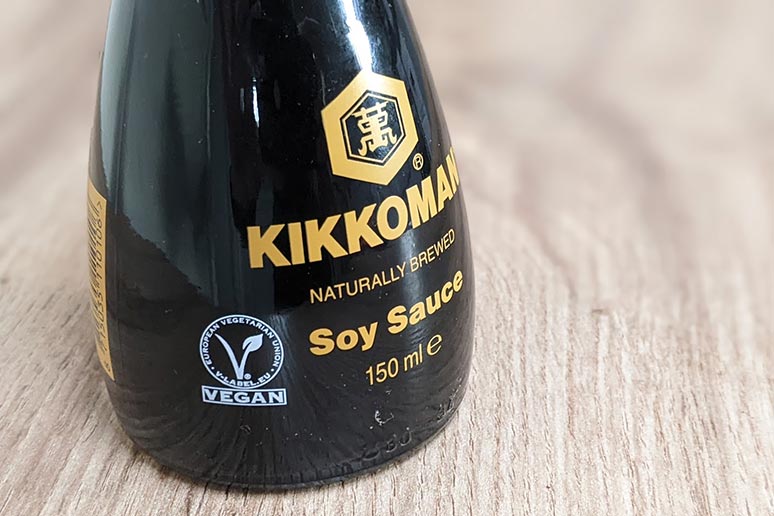
Shojin-Ryori Cuisine
In addition to macrobiotics, another vegan-friendly style of Japanese cuisine is called shojin-ryori. Japan’s Zen Buddhist monks developed this cuisine to follow the Buddha’s precept against killing. Shojin-ryori, is generally vegan, since meat and fish are off-limits.
Zen Buddhism may be the most ascetic of the world’s major religions, so shojin-ryori food tends to be minimalist and plain by Western standards. This cuisine is invariably bland, since observant Buddhists eschew strong spices as well as onions and garlic. But there’s no doubt that shojin-ryori meals are some of the healthiest you’ll ever encounter. They typically favor staples like rice, sweet potatoes, sprouts, beans, steamed vegetables, and vegetable broths.
Gourmet all-vegan Japanese restaurants are rare, but there might be one near you. Some well-known ones include: Kajitsu in New York City, Shojin in Los Angeles, and Cha-Ya in San Francisco and Berkeley.
Eating Vegan in Japan
Being vegan is incredibly easy in Japan—if you’ve got access to a kitchen. If you don’t, you’re going to be a very hungry vegan. Outside of Tokyo, vegan-friendly restaurants are uncommon. Some mid-sized cities in Japan still don’t have a single vegan-friendly restaurant. So if you’re going to Japan, spend the extra money to book lodging with a kitchen or kitchenette. As long as you can cook, you’ll have no trouble being vegan no matter where you go in Japan.
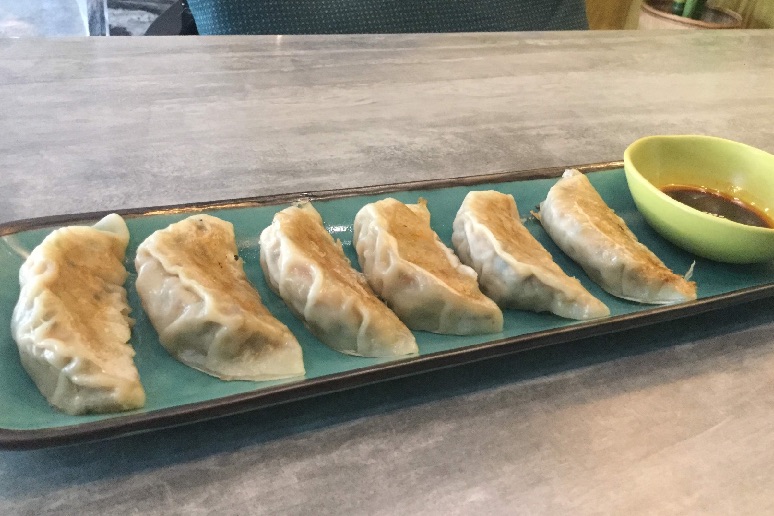
Popular Vegan Grocery Items in Japan
Japan is full of mid-sized supermarkets offering outstanding produce sections. Nowhere in the world will you find better or fresher vegetables. Prices are reasonable too, with a few exceptions. Melons of various forms tend to be pricy, and mangoes are exorbitant. I’ve seen mangoes selling for more than $25 apiece—that’s not a typo. Granted, they were very nice mangoes. But for the price of a small box, you could instead purchase airfare to Vietnam where you can buy mangoes for next to nothing.
As you would expect, tofu is sold everywhere in Japan. Since it’s such a popular food, prices are much lower than in non-Asian countries. Non-GMO tofu costs one-third as much as brands sold in the United States. In addition to regular tofu, fresh silken tofu is also widely available.
Every grocery carries soy milk, packaged either in shelf-stable aseptic packages or in refrigerated in milk cartons. When I’m in Japan, my mornings always begin with a glass that’s two-thirds cold coffee and one-third soy milk, with a tablespoon of chia stirred in.
If you love mushrooms, you’ll adore Japan. Supermarkets sell all sorts of wonderful varieties at very low prices. Ditto for sprouts. Fresh seaweed is widely available: check your market’s refrigerated section for inexpensive fresh hijiki or wakame seaweed. Many markets also carry freshly-made vegan nori rolls. Most supermarkets heavily discount their sushi in the evening and discard anything that doesn’t sell before closing.
As you might expect, Japanese groceries carry a huge assortment of soy sauces, sometimes an entire aisle’s worth. Unfortunately, about half of it contains some sort of fish ingredient, so this is one area where you’ll always want to use your Google Translate app.
Vegan Snack Items in Japan
Good vegan fair-trade chocolate is hard to find in Japan. But apart from that, the snack offerings in Japan are excellent.
There are a great many vegan potato chip options that are a huge step up from what’s available in other countries. And the top chip companies often release special flavors for a limited time. My favorite is horseradish-seasoned chips, which I wish you could buy year-round worldwide. You can also find inexpensive crunchy rice crackers, again seasoned in all sorts of ways.
You must always read labels—at least half the chips and crackers sold in Japan contain pork, poultry, or seafood extracts. Here, Google Translate is indispensable for non-Japanese speakers. Keep an eye out for “amino acids,” which I strongly suspect are nearly always animal-derived. Unfortunately, this term appears again and again on various potato chip and rice cracker brands.
Alcohol in Japan
In contrast to China and Thailand, Japan’s top breweries know what they’re doing. Suntory Premium Malt’s [sic] is, in my opinion, Japan’s tastiest beer. It’s available in several varieties, but none match up to the original that comes in a blue and gold can. Premium Malt’s is even better on tap, since special equipment gives it a delicious nitrogen-foamed head. If Suntory is too expensive for you, try Kirin in the red can. It’s about 40 percent cheaper, and 40 percent less delicious.
After beer, the most popular drink in Japan is a high-ball, typically made from cheap to mid-grade Japanese whiskey mixed with club soda.
Sake, a wine made from rice rather than grapes, was for centuries Japan’s primary alcoholic beverage. The Japanese still drink plenty of sake, although the drink has become less popular than beer and whiskey. Alcohol content is similar to wine (around 13 percent, which is about as high as alcohol can go without distillation.) Although traditionally served heated, younger Japanese people today prefer sake refrigerated.
Japan has extremely low tariffs on hard liquor, so you can buy bourbon and scotch for less than their cost in the United States or Scotland.
Parting Tips for Eating Vegan in Japan
If you can’t read Japanese, the Google Translate app is a godsend. As I mentioned earlier, most Japanese food seems to gratuitously contain tiny amounts of fish or pork. I can’t tell you how many times I’ve pointed my phone’s camera at the ingredients list of what appeared to be a Level 5 Vegan food, and had Google Translate reveal bonito flakes or chopped pork.
Finally, I must mention one of the most innovative grocery offerings I’ve ever come across—which I’ve found only in Japan. Many supermarkets have a special oven contraption that perfectly roasts sweet potatoes. When they’re ready, the staff puts them in paper bags atop heated rocks. You can buy a roasted sweet potato in a paper bag for just a dollar or two. If your hotel has a rice cooker (and many Japanese hotels do), then you can probably live fairly happily for a few days on freshly-cooked brown rice, sweet potatoes, and a few tubs of nato.

